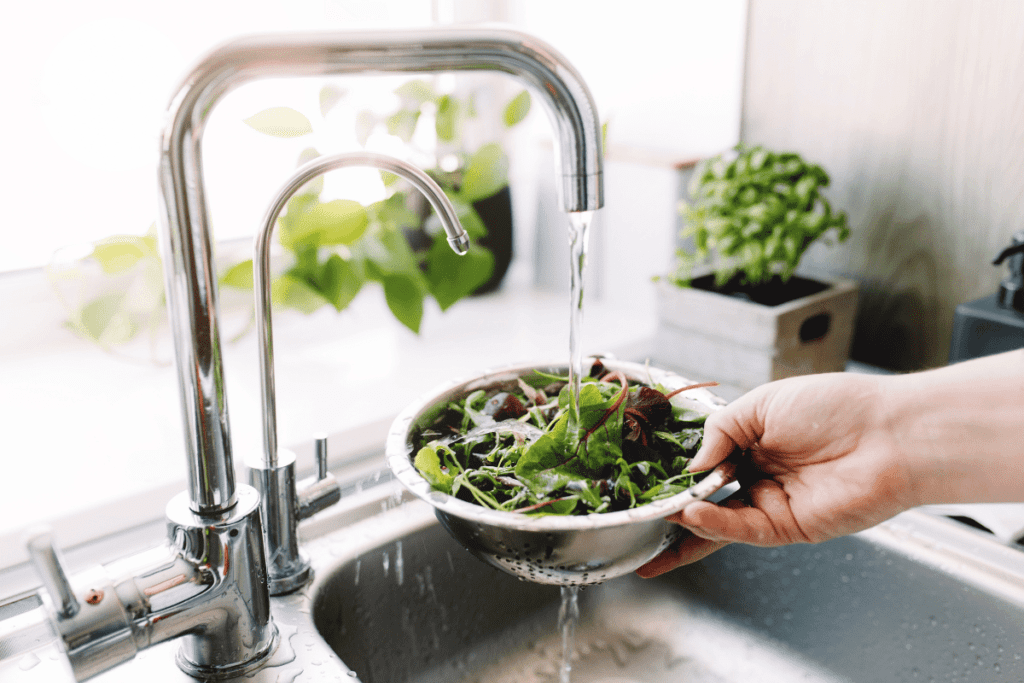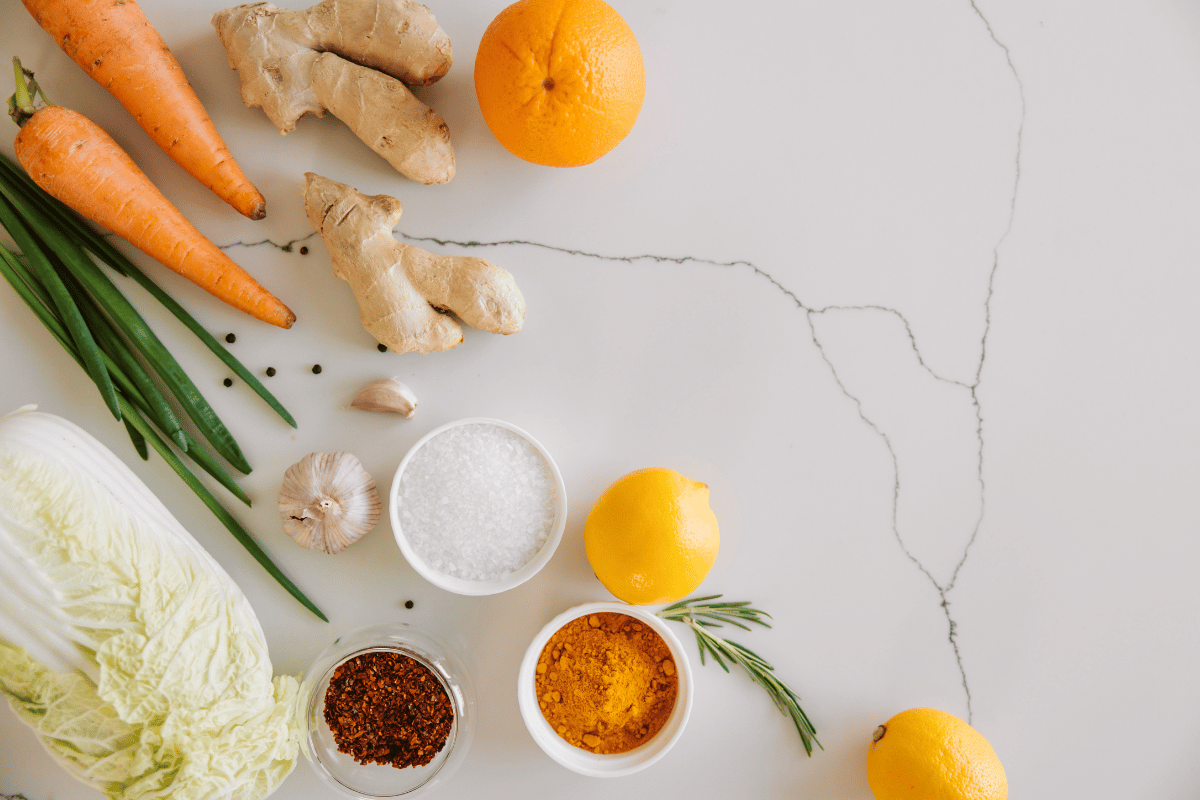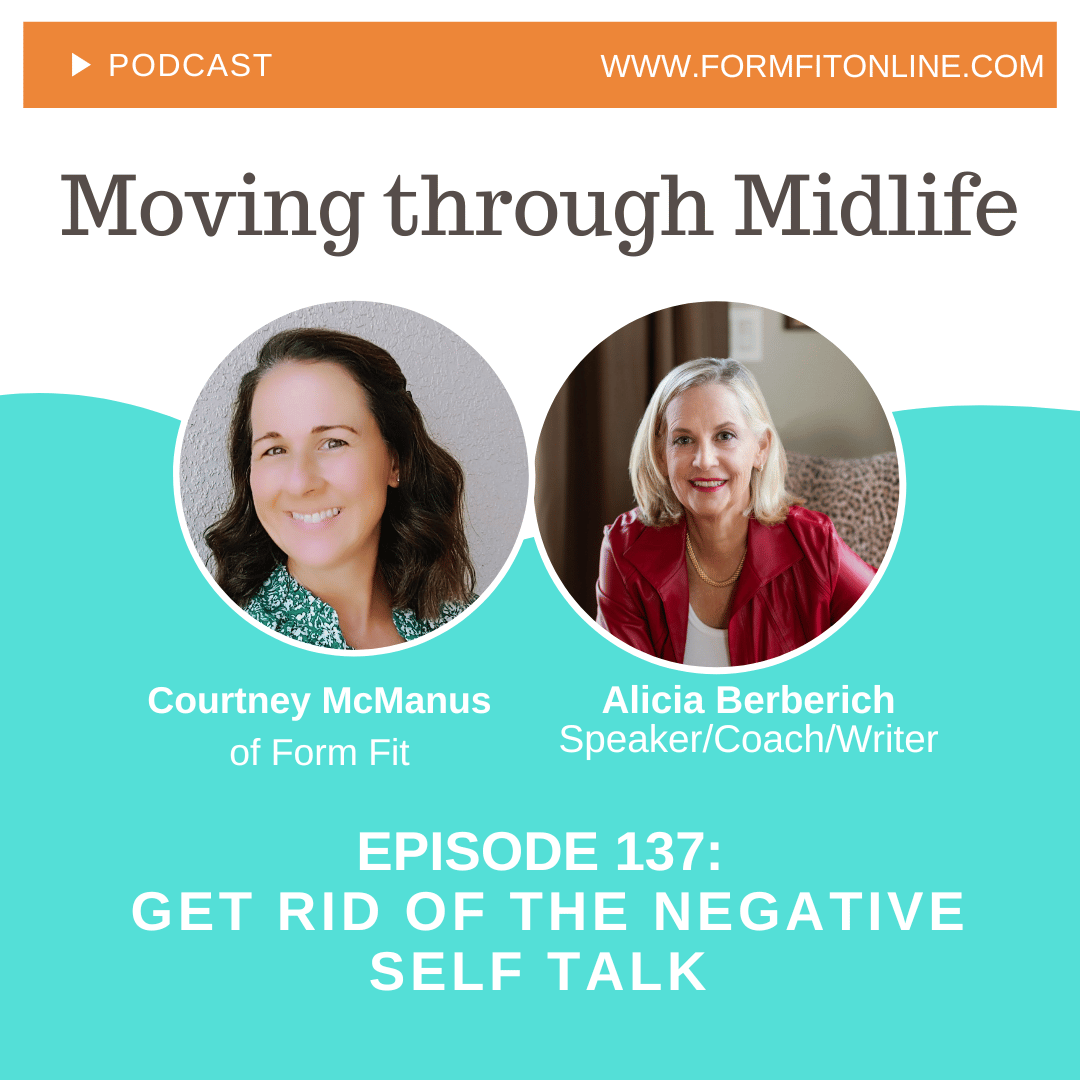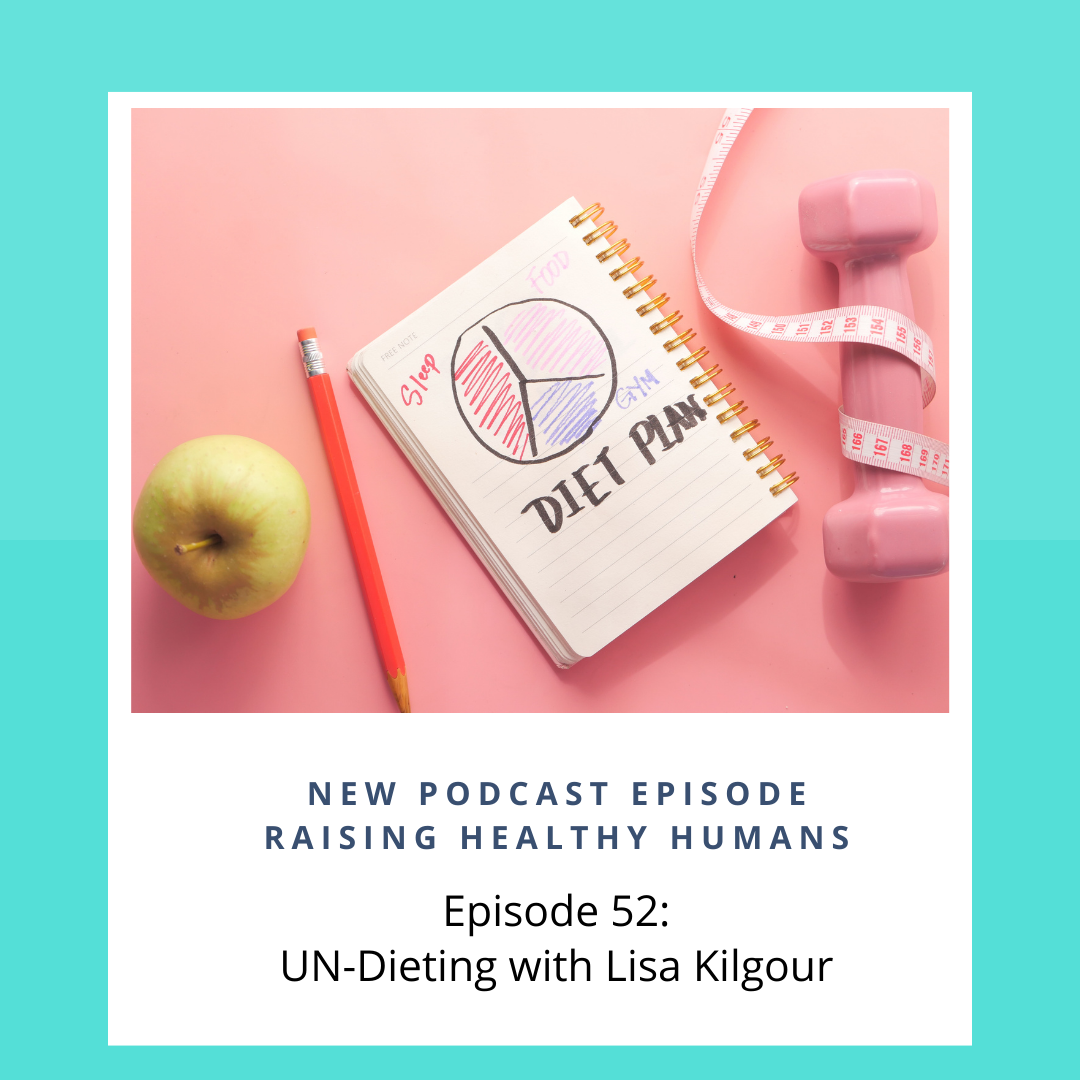Eat more Healthy Leafy Greens to help with Gut Health

Are you ready to unlock the secrets to a healthier gut and a healthier lifestyle? In our recent podcast episode, we discuss the vibrant world of fiber-rich foods for a healthy gut and the remarkable benefits when we eat them. Imagine a life where you can lower blood pressure, decrease diabetes risk and other health conditions, and keep cancer at bay, all thanks to the ‘magic’ of whole foods and dietary fiber! Learn how to eat greens to help your gut health.
What’s happening in our Gut:
When you eat fiber rich foods, such as leafy greens you are supporting your digestive health. This prebiotic fibers go into your digestive tract where the gut flora (think little bugs) are there to help break down the food so that the body can utilize the nutrients. They help to create some of the vitamins we need like Vit K, some Vit B, and your short chain fatty acids. Fiber that contain cellulose (which is found in all plant cell walls-like kale, Brussel sprouts) and inulin (found in sweet potatoes, bananas, leeks, garlic, onion, artichoke, and asparagus). These allow bacteria to produce the short chain fatty acid propionate which helps to defend against high blood pressure and decreased arrythmias in mice that were given propionate from a study conducted by researchers that was written in the Journal Circulation.
The more we vary our diet, the more healthy gut bugs we will have in our digestive system. The more fiber we have in our diet the less likely we are to deal with heart disease, stroke, and certain cancers. While also increasing energy levels, and promoting healthy digestion. Therefore, it is important to eat these colorful foods for our gut health.
Whole Grains and Fiber:
Let’s discuss whole grains for a minute. Many people hear that whole grains are a great source of fiber. Unfortunately much of the whole grains found in our western diet is highly processed, including our whole wheat. It is often a very modified version of the original and can create digestive issues leading to bloating. If looking for whole grains look for things like barley, quinoa, bulger, and buckwheat to ensure you are getting more fiber into your diet. I would encourage you think more about fruits and vegetables than whole grains when thinking about fiber and carbohydrates. This doesn’t mean you shouldn’t eat whole grains for a healthy diet; just work to vary your diet for overall health.
Eating high fiber foods is a great way to increase the beneficial gut bacteria and supports a balanced diet to ensure you are getting all of your nutritional needs. Although more fruits tend to contain digestive enzymes, many of your green vegetables contain chlorophyll which promotes the production of enzymes that help to break down and digest foods. These phytochemicals also help to fight against free radicals that may occur in the body and work to damage cells (which we think of as aging and disease).
Amount of fiber we should eat:
How much should we be eating:
Dietary guidelines state 14 grams of fiber for an Adult but a study by Harvard stated that to reduce your risk of diseases they would prefer you eat between 25-29 grams a day.
Tips to eat more greens for a Healthy Gut:
- Salad mixes with a blend of organic greens
- Practice having greens with dinner (salad or greens). I like to sauté kale, spinach, or chard with olive oil, garlic, and onions for a tasty side.
- Start with a veggie tray with lots of cruciferous vegetables, or some peppers stuffed with cheese.
- Use veggies as the vessel, lettuce wraps, stuffed peppers, avocado or zucchini boats.
- Keep the skin on your veggies for more nutrients. If new to this you may want to start with a striped effect.
- Half substitutes: half cauliflower, half mashed potatoes. Half spaghetti noodles, half zucchini or spaghetti squash. Half rice, half carrot or cauliflower rice.
- We all know to add spinach and kale to our smoothies, but have you ever tried cauliflower or zucchini? It doesn’t change the flavor of the smoothie, but it does add nutrients.
- Keep homemade chimichurri on hand to use as a dip. Smother your eggs in it or add to a sandwich. Use as a dressing or put on top of anything-it truly is the best stuff ever!
- Add more herbs to your salad for extra greens. Many times, we just think of the lettuce but adding fresh herbs to your salad can change the flavor profile so much.
- Grow your own herbs so that you have them on hand for all of your meals. We use our Tower Garden to grow our salad greens, herbs, and microgreens
- Hide them in muffins and breads. Yes, I know, remember the sneaky cookbook from Jessica Seinfeld? It doesn’t have to be to hide them but just so you get more in every day
- Add them to spaghetti and taco meat. You can hide pretty much anything if you cut it small enough.
- Or try a Greens Powder (list of options below).
The best greens powders:
- AG1-this is one of the more popular greens powders that contains mostly spirulina powder, along with essential nutrients and has a citrusy taste (I received this free to try, but I am not an affiliate for them.)
- Organifi greens juice: this has a sweet coconutty taste that I find to be the best greens powder based on taste. It has ashwagandha in it, which has been clinically proven to decrease cortisol (something we tend to have more of during midlife), and can help to achieve weight loss goals.
- Juice Plus-vegetable capsule- this is part of my daily routine that I find is an excellent choice when trying to get some of the health benefits of vegetables without having to eat or drink more.
It is important for me to note that I think it is most important to eat your fiber rather than relying on a dietary supplement. Although, I do understand that life gets busy and traveling can make it difficult to eat the way you would like to eat. When these situations arise, I do think the above options are a good choice.
Vary your greens:
No matter how you are getting your greens in (whether it being through salads, smoothies, cooked up and added into something else), this week try this:
- Buy spinach & field greens this week for your recipes. Next week buy kale & romaine lettuce. The following week buy chard & butter lettuce, and then collard greens & iceberg lettuce. This way you have varied your greens over the month and added so many extra nutrients into your monthly diet rather than always eating spinach week in and week out.
- You can apply this to many of your recipes. If you eat brown rice a lot in recipes; go for brown rice this week, try quinoa next week, wild rice the following week, and cauliflower rice the last week.
Practice this with your snacks as well. Let me know in the comments what you are trying. By doing this, you will be getting so many added nutrients without having to change all of your recipes or buy obscene amounts of varied food each week.
Bloating due to fiber:
As someone who was diagnosed with irritable bowel syndrome as a child, I understand the struggle that can come with this diagnosis. Along with the bloating that can happen when you try to eat these high fiber foods. What I recommend is working on getting more good bacteria in your belly through fruits and vegetables. In the beginning, you will need to cook down your veggies a bit to help with the digestive process. This should help decrease the side effects of more fiber: bloating, gassiness, and constipation. Make sure to also stay hydrated and decrease sugary and processed foods. These encourage the bad bacteria to grow and cause Gi tract side effects. It is important to always pay attention to how your body responds after eating certain foods.
For me, I had an undiagnosed corn allergy that was causing me to suffer with a lot of abdominal pain. I continued to suffer with this until I had my son and he was diagnosed with the same allergy. Once I got rid of the corn products in our house, focused in on eating more fibrous veggies and less sugar, I finally started getting the relief that I needed. I’m sure these changes decreased inflammation and provided a healthy gut microbiome to help me heal.
Once you focus in on the positive changes of eating a healthier diet with more greens and less processed foods you should also notice that you begin to have better bowel movements. I wrote an article about how posture and breathing can affect your digestion as well if you are interested.








One Comment
Comments are closed.